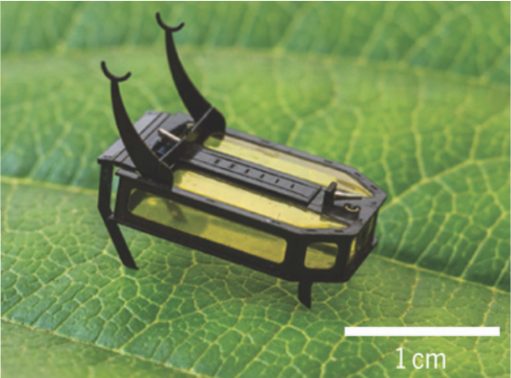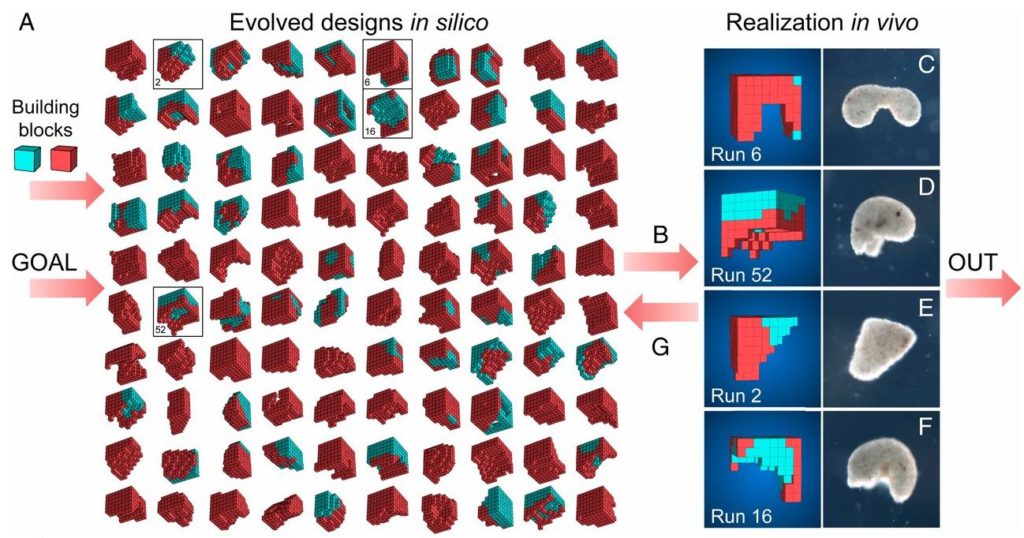Miniature Robots (Part 1)
Introduction Within the last decade, it has become possible to design and create sub-gram miniature robots. The demand of miniature robots comes from the potential for their applications, ranging from artificial pollination to complex surgeries and search and surveillance missions. Miniature robots can have the potential to complete or assist tasks that are difficult for humans (because of their size or vulnerability) to accomplish. To make miniature robots, the powering mechanism must be as small and lightweight as possible. The most common energy source for normal-sized robots is the use of batteries. However, batteries (along with its additional components needed to power) take up significant weight and space, making it …

